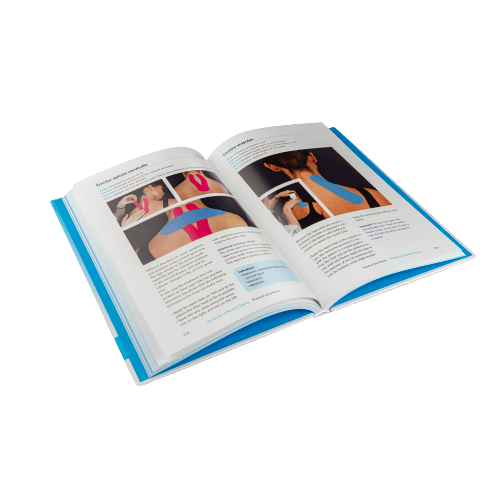Recognising runner’s knee symptoms
A runner’s’ knee can arise suddenly and can happen to both novice and experienced runners. One experiences pain on the lateral side of the knee while running, often with slight complaints. The complaints can worsen over time and can even lead to stabbing pain, also feeling pain in the lower leg is possible.
How does a runner´s knee originate?
On the outside of the thigh there is a long wide tendon plate, the tractus iliotibialis. It starts at the hip and buttock and ends just below the knee on the tibia (lower leg). On the side of the knee runs a prominent bone part, the lateral epicondyle. When running, the tendon plate rubs over this bone part. Normally, the bursa intermediary ensures that this movement runs smoothly. In the event of an overload, this tissue can become irritated and inflammation occurs – resulting in lateral knee complaints.
Get started with these items to tape runner’s knee
-
CureTape® Classic Kinesiology Tape
Bestseller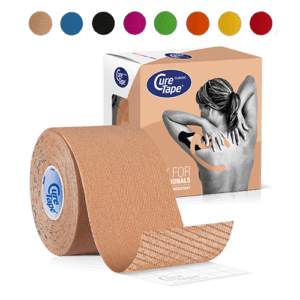 $19.95
In stockSelect options This product has multiple variants. The options may be chosen on the product page
$19.95
In stockSelect options This product has multiple variants. The options may be chosen on the product page -
CureTape® Sports Extra Sticky Kinesiology Tape
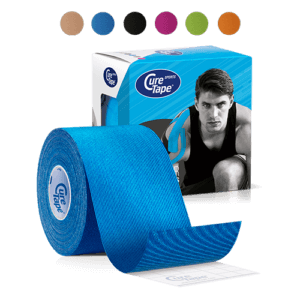 $21.95
In stockSelect options This product has multiple variants. The options may be chosen on the product page
$21.95
In stockSelect options This product has multiple variants. The options may be chosen on the product page -
CureTape® Art Printed Kinesiology Tape
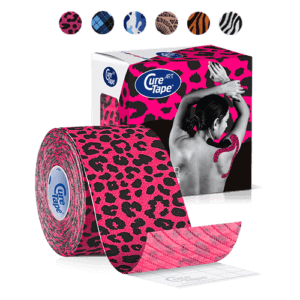 $21.95
In stockSelect options This product has multiple variants. The options may be chosen on the product page
$21.95
In stockSelect options This product has multiple variants. The options may be chosen on the product page -
Standard scissors
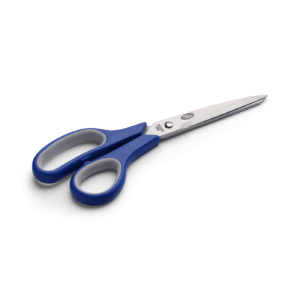 $14.95
In stockAdd to cart
$14.95
In stockAdd to cart
Instruction video: Taping for Runner’s knee
How to tape a runner’s knee
Instructions for professionals
- With the patient lying on their side, apply a sedative tape over the tractus iliotibialis.
- Start by placing the base of the tape at the level of the lateral epicondyle and follow the tendon plate with slight stretch up to the M. tensor fasciae latae.
- Then, apply two ligament tapes to form a cross over the pain point on the outside of the knee.
- This kinesiology taping technique aims to reduce pain, restore function, and promote faster recovery.
Instructions for self taping (non-professionals)
- If you’re lying on your side, gently apply a tape over the side of your thigh.
- Start by placing the tape at the bumpy bone on the outside of your knee and stretch it slightly up towards your hip.
- Then, apply two more tapes to make a cross over the sore spot on the outside of your knee.
- This type of taping can help reduce pain, improve movement, and speed up healing.
Treatment of runner’s knee with CureTape kinesiology tape
Together with a therapist an investigation is made for the cause of the complaints and a treatment program is developed. In addition to running technique analysis, fitting the right footwear, muscle strengthening exercises and targeted training, CureTape kinesiology tape can be used to move pain free so that a faster recovery is promoted.
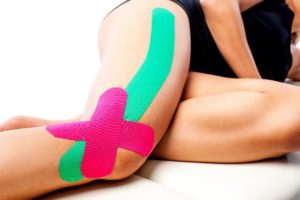

Christina’s advice when taping your knee
When taping your knee, it’s crucial to choose a tape that provides strong adhesion and support. That’s why I recommend CureTape kinesiology tape. For regular use, CureTape Classic or Art is ideal. However, if you’re using your hands a lot on a daily basis, opt for the extra sticky CureTape Sports variant!
Learn how to tape
- The Ultimate Taping Guide: Focuses on self-taping for the 30 most common injuries where taping provides support.
- Kinesiology Taping Method Manual: Designed for (para medical) professionals, covering basic taping techniques and various pathologies.
- Decompressive Taping Techniques Manual: Specifically focuses on lymphatic taping methods for decompression.
What are you waiting for? Order a copy today!
THYSOL is the manufacturer of the kinesiology tape brand CureTape. As CureTape, we have been training and supplying professionals for 25 years. And consumers now know how to find us too! By manufacturing all our tapes in our own factory, we can guarantee the best quality!
Please note that the indicated tape applications and information on our website about the possibilities with kinesiology tape have not yet been scientifically proven. The statements and examples mentioned are based on long-term experiences of patients and trained therapists.Contraindications not to tape: pregnancy, open wounds, broken bones, unexplained complaints, allergies and skin diseases, use of medication such as blood thinners, thrombosis and fever. Always apply tape in consultation with a specialist.

